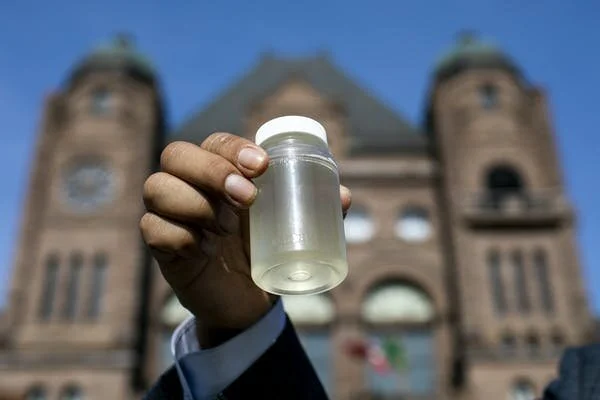The scientists analyzed the biofilm: the plastics were covered in bacteria, including some known to make us sick. They found pathogenic bacteria responsible for causing urinary tract, skin, and stomach infections, pneumonia, and other illnesses. To make matters worse, these bacteria were also carrying a wide range of genes for antimicrobial resistance. “Plastics that you find in the water are rapidly colonized by bacteria, including pathogens,” says Vos. “And it doesn’t really matter what plastic it is.”
Water crisis in First Nations communities runs deeper than long-term drinking water advisories
In October, more than 250 members of the Neskantaga First Nation were evacuated to Thunder Bay after an oily sheen was found on their reservoir. The discovery left the community, located in northern Ontario, without access to running water. The evacuation drew attention to the federal government’s 2015 commitment to end all on reserve long-term drinking water advisories (in place for more than one year) by March 31, 2021. Neskantaga has been living under a boil-water advisory for 26 years.
West-coast water foragers turn off their taps—and go straight to the source
Once a month, Susan Chipman drives to a mountainside spring that burbles from the ground in North Vancouver and fills four 20-litre containers with water to use for drinking and cooking. When full, each container weighs 20 kg. Chipman lives on the top floor of a three-storey walk-up apartment in Vancouver. Her building has running water, of course, supplied and sourced by Metro Vancouver from protected reservoirs even higher up in the North Shore Mountains. But it lacks an elevator. So, she hauls her water jugs up the stairs, one in each hand for balance. “It’s a bit of a chore in the true sense of the word, but it’s worth it, I think.” Chipman says she was hooked from the first sip. She tasted it and thought, “OK, this is real water.”




